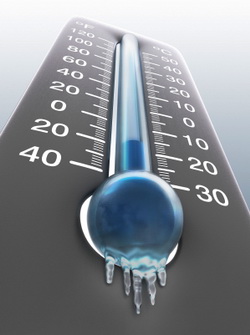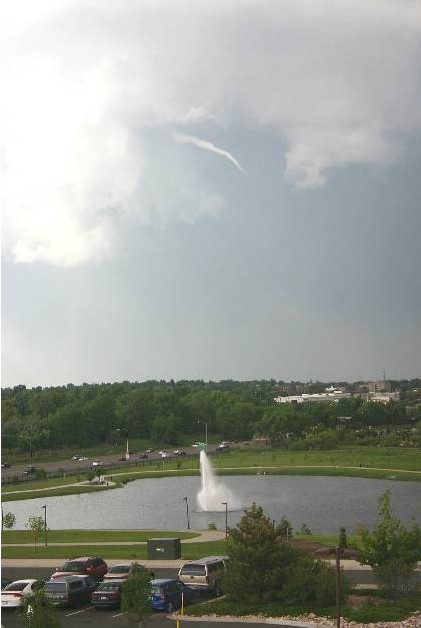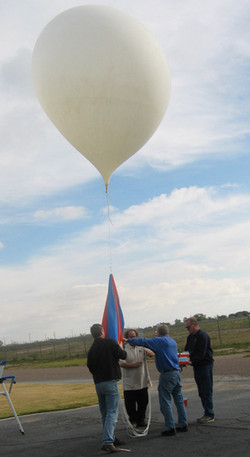
A very eventful week in Denver weather history with a wide variety of events from snow to summer-like severe weather. Most notable is five years ago today when multiple tornadoes touched down in the Brighton area. Read more about it below and check out the video on Examiner.com.
From the National Weather Service:
From the 3rd to the 4th:
In 1969…the first snowfall of the season totaled 16.0 inches at Stapleton International Airport. There was a thunder snow shower on the evening of the 3rd…but otherwise little wind with the storm. The greatest snow depth on the ground was 8 inches due to melting. Heavy wet snow accumulated on trees…which were still in full leaf…and caused widespread damage from broken limbs and downed utility lines.
From the 3rd to the 5th:
In 1984…the remnants of pacific hurricane polo produced heavy rain over northeastern Colorado. Most locations received between 1.00 to 2.50 inches of rain…but 3.45 inches fell in Littleton. Rainfall totaled 1.73 inches at Stapleton International Airport…where north winds gusted to 24 mph.
On the 4th:
In 1912…sustained south winds to 55 mph with gusts to 60 mph raised the temperature to a high of 83 degrees… The warmest temperature of the month that year.
In 1924…west winds were sustained to 46 mph with gusts to 50 mph in the city. The apparent Bora winds cooled the temperature to a high of 57 degrees from a high of 70 degrees on the 3rd.
In 2004…several small tornadoes touched down near Brighton… Barr lake…and Hudson in Adams and southern weld counties. Most of these caused no damage. However…a small tornado 5 miles southeast of Brighton caused extensive damage to a recreational vehicle and severely damaged a barn. The barn was torn from its foundation…and the roof was thrown 100 feet. Four llamas in the barn were injured when it collapsed.
Continue reading October 4 to October 10 – This week in Denver weather history

 Two days in a row Denver has set or tied record low temperatures.
Two days in a row Denver has set or tied record low temperatures. 
 ThorntonWeather.com has been featured on the City of Thornton’s cable access channel show Thornton 360. The interview which was conducted in June 2009 features the site’s chief amateur meteorologist Tony Hake discussing the features of ThorntonWeather.com, his interest in the weather and more.
ThorntonWeather.com has been featured on the City of Thornton’s cable access channel show Thornton 360. The interview which was conducted in June 2009 features the site’s chief amateur meteorologist Tony Hake discussing the features of ThorntonWeather.com, his interest in the weather and more.



